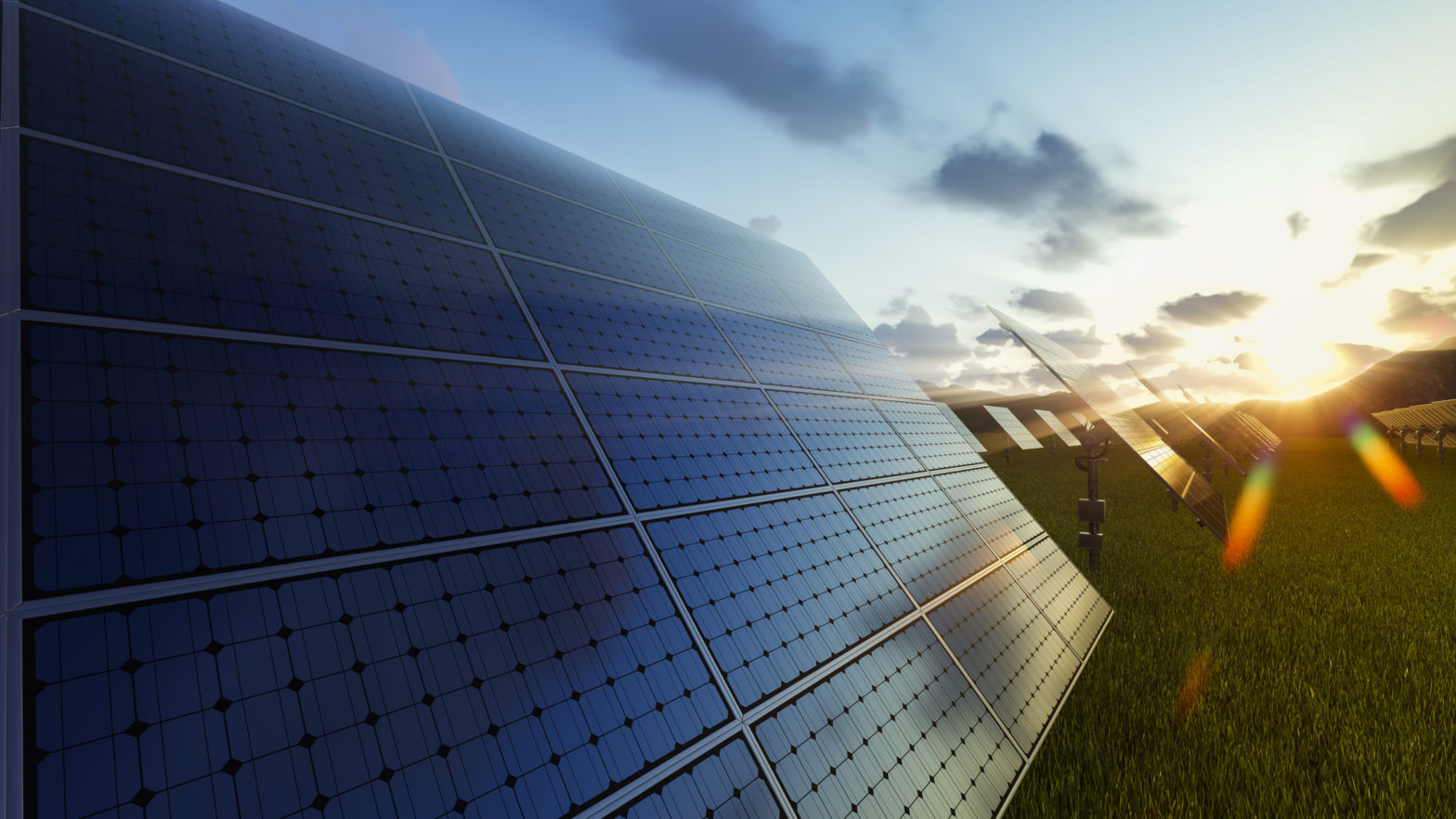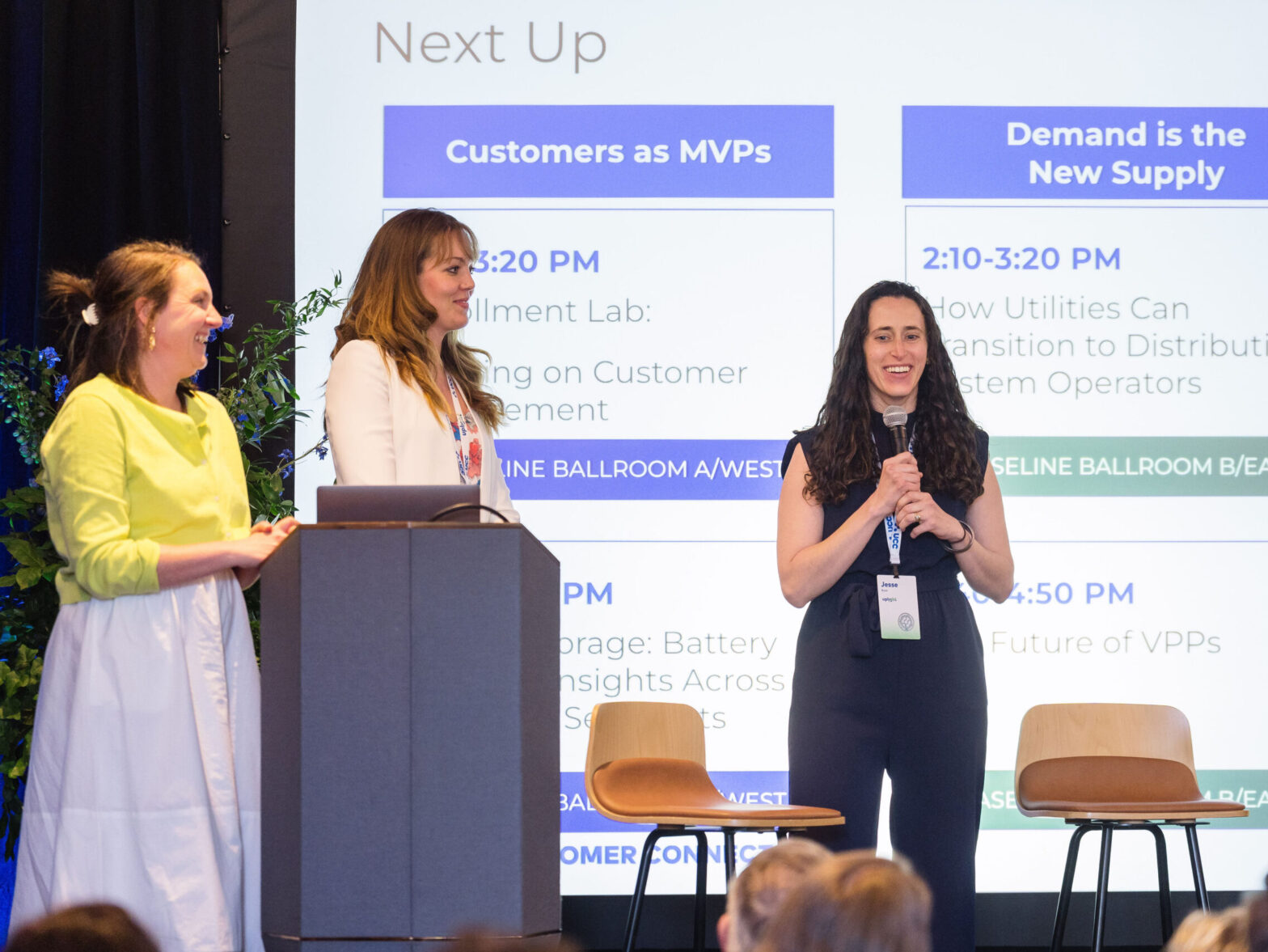This post was originally published on Simple Energy’s website. Simple Energy is now Uplight.
By Tanuj Deora and Shannon Oleynik
A Story of Climate Change and Shifting Customer Expectations
A series of challenges threatens to upend the nature and function of the utility industry. The power industry is no longer shielded by a lack of customer options and a steady global climate. The effects of climate change, coupled with rapidly shifting customer expectations, are forcing utilities to rethink their role as energy providers. Those that are not able to adapt to this changing landscape are at risk of failure. While utility leadership and regulators are beginning to understand the need to address concerns on climate change and the need to more proactively engage with customers, many struggle to grasp how to respond to and take control of these changes.
Climate Change: No Longer a Secondary Consideration
We recently saw the first announced bankruptcy of a Fortune 500 company — Pacific Gas and Electric (PG&E) — due to the environmental impacts of climate change. The utility’s misfortunes were greatly compounded, however, due to failure to adequately manage safety protocols. The confluence of those two factors resulted in a major tragedy — the Camp Fire — with over 80 deaths and an estimated $30 billion of utility liability.
In the wake of climate change’s disastrous effects, renewable energy has become a larger force in the energy market. While the falling costs of renewables and persistence of cheap natural gas have been a boon to consumers, utilities have been wrestling with the second-order consequences of these trends. Potentially stranded assets, such as closed power plants, drag down the financial viability of their owners, while pressure to shut down nuclear plants could increase the greenhouse gas emissions of the power sector after a decade of declines. Furthermore the prices of renewables are dropping so quickly that some customers are leaving utility provision of wholesale power to escape the higher prices of legacy power purchase agreements and are replacing them with new ones at half or less the cost.
Customer Expectations — What Are Those?
As great as these challenges are, the most daunting, transformative and confounding change the power sector is facing is not directly associated with a single event; it is the change in consumer expectations.
For the first time, a critical mass of utility consumers is interested in more than safe, reliable and cheap electricity. A variety of technological advances now offer these consumers an increasing array of choices and opportunities to control their energy use. While new technology companies like rooftop solar installers and smart thermostat providers have invested heavily in developing brands that resonate and build direct relationships with consumers, many utilities have been slow to change how they engage with them. The lack of engagement leaves customers feeling a sense of dissociation and dissatisfaction with their utility — further prompting them to search for energy solutions elsewhere.
The (best) future is not wires-only
Are utilities, then, doomed for bankruptcy? Or are they simply fated for a diminished role, unable to deliver new sources of value to their customers, confined to a “wires-only” business model based on building, owning and operating distribution and transmission assets?
We don’t believe that is so. The future of the utility industry involves consumer engagement, data services and market management to other parties.
Energy Equity and the Role of the Future Utility
First, as the electricity provider of last resort, the regulated monopoly utility has long fulfilled societal expectations of social responsibility (providing grid access to all) and consumer protection in the power sector. That societal expectation needs to be acknowledged and addressed, and no other entity has stepped up to be willing to credibly address this need.
Big Data — Opportunity for Optimization and Customer Engagement
Second, data gathered from an advanced metering system can be analyzed and used to develop insights that result in the creation of more effective demand side management programs and in the optimization of time varying rates. Consumer data on power usage and payment history are key inputs for modelling the potential performance of non-wires alternatives (NWAs) and virtual power plants to bring more cost-efficient, reliable and resilient service to all consumers.
New Tech = More Accurate Supply and Demand
Third, distributed technologies and the advanced management systems they use are opening the possibility of changing the fundamental relationship of supply and demand in power generation. This realignment will upend two historic givens of wholesale energy markets: that generation follows load and that energy supply dynamics set price.
Distribution utilities can (and should) leverage both customer-sited (behind the meter) resources and assets located on the distribution system to provide true demand-side flexibility. The result would be significant value for wholesale power operations by using demand to balance inflexible generation (nuclear, seasonal hydro, some cogeneration gas plants, and coal) and variable resources (large-scale solar and wind). Consumers would benefit by receiving compensation for a share of the value their demand-side resources can provide, and local communities would benefit by keeping investment dollars local instead of sending them to often out-of-state power markets.
So, Why Not?
Challenges Become Opportunities
Many respected industry experts challenge the idea of the utility stepping into an expanded consumer engagement role. These concerns, while understandable, do not hold up to the fundamental shifts many utilities are already making to address the issues raised above.
Limited Success Record → Opportunity to Develop New Solutions
Utilities have had some success in developing business-to-customer programs, albeit on a limited basis. Past efforts to extend their capabilities, such as home appliance sales and service or building full energy services companies, have been generally seen as distractions at best and outright failures at worst. However, we are seeing increasing examples of utilities successfully engaging consumers, building their capabilities as energy advisors, deploying DERs, and developing NWAs. Utility interest in working with new tools and utility-focused solutions providers are indications that the conventional wisdom is outdated.
A Historically Innovation-Averse Utility Industry → Third-Party Solution Providers
A second concern is the willingness and ability of regulated utilities to bring innovative technologies to market. Certainly, utilities have room to improve in this regard, but again, we have examples of historical and recent innovation, and significant utility investment in innovation. We should also examine how utilities might be better partners with third-party solutions providers, as we’ve seen with smart thermostat companies. Innovative growth on the part of utilities will be a crucial factor in developing the utility of the future.
Slow Regulatory Processes → Education and Local Engagement
Finally, the need to change and accelerate regulatory processes is an issue that has been raised at countless gatherings of utilities and solution providers. Regulators will need to be educated and engaged to figure out how to best promote both utilities’ homegrown innovation and better partnerships with third party innovators. They will also need to rethink financial incentives and business models if they are to address ongoing, proactive consumer engagement. While opportunities for new revenue streams better aligned to promote innovation and engagement do exist, we’ll need to create a system to replace the widely accepted traditional cost-of-service, return-on-capital-deployed model.
If we limit investment in energy sector transformation, all three of these challenges will become insurmountable. The solutions must take into account the impact to all three important stakeholder groups — utilities, individual consumers and society.
The customer-centric utility is the future of the power industry.
A more consumer-centric utility will not only increase value to individual customers, the grid and society — it will secure our power systems and work towards a cleaner environment. Collaborative efforts will be key to developing new business models that support both internal and third-party innovation. An integrated platform that incorporates customer engagement, demand-response enrollment, behavior efficiency and a energy-efficiency marketplace will pave the way to an environmentally-beneficial, customer-centric solution.
The alternative — the wires-only utility focused solely on building and maintaining poles and wires — simply leaves too much at stake and will only slow the transition to a more communicative, efficient and effective power system. Enabling this collective transformation of the utility, the power system and consumers will by no means be easy, but nothing worth doing ever is.




